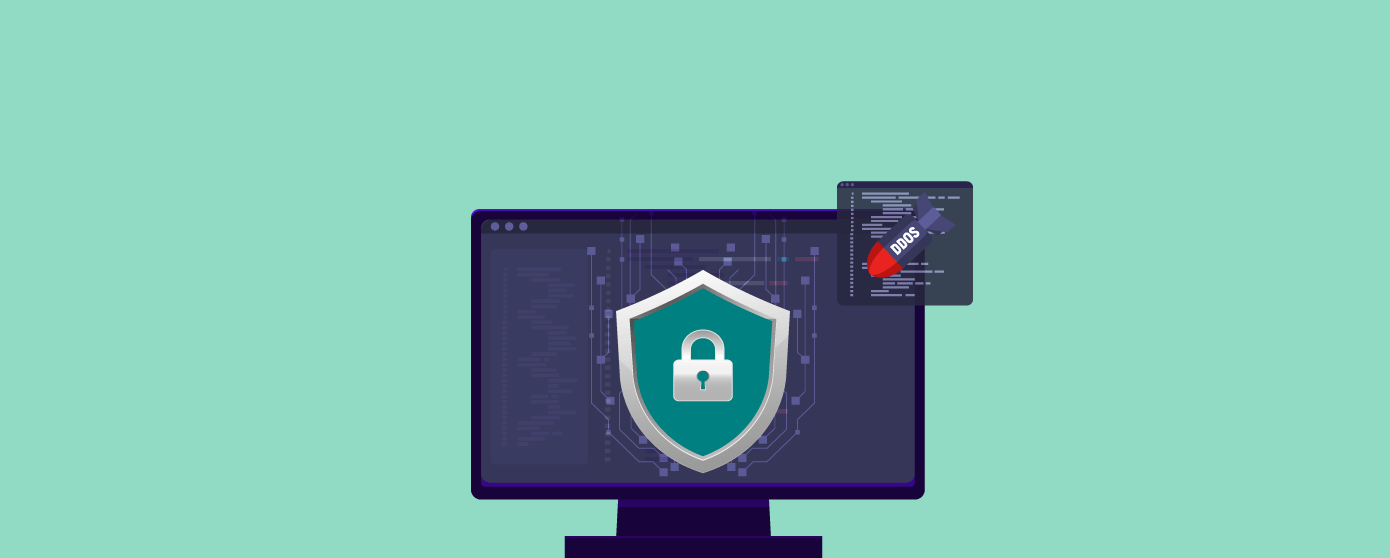When choosing an IP stresser for network testing, the primary consideration is whether to opt for a free or paid solution. A wise choice depends on your needs, budget constraints, and testing scope. Let’s explore the key differences between free and paid IP stressers to help you make an informed decision.
Features and capabilities
Free IP stressers
- Basic functionality – Free tools typically offer fundamental stress testing capabilities, allowing you to generate simple traffic loads.
- Limited protocol support – They may support only a few standard protocols like TCP and UDP.
- Restricted customization – Options for customizing test parameters are often limited.
- Fixed traffic patterns – Free tools may offer only pre-set traffic patterns with a slight adjustment room.
Paid IP Stressers
- Advanced features – Paid solutions usually provide more comprehensive features, including advanced traffic generation capabilities.
- Broad protocol support – They often support a wide range of protocols, including application-layer protocols.
- Extensive customization – Paid tools typically offer granular control over test parameters and scenarios.
- Flexible traffic patterns – Users often create complex, realistic traffic patterns that closely mimic real-world scenarios.
Performance and scalability
Free IP stressers
- Limited performance – Free tools may have restrictions on traffic volume.
- Scalability issues – They might not be suitable for testing large-scale networks or high-capacity systems.
- Single-machine operation – Often limited to running on a single machine, which constrains test scope.
Paid IP stressers
- High-performance capabilities – It generates significant traffic volumes to stress-test even large networks.
- Scalable solutions – Many paid tools offer distributed testing options, allowing for more extensive and realistic stress tests.
- Multi-machine support – They often leverage multiple machines or cloud resources for increased testing capacity.
User interface and ease of use
Free IP stressers
- Simple interfaces – Often have basic, no-frills interfaces that may need to be more intuitive.
- Limited guidance – You may need more comprehensive user guides or in-tool help.
- Steeper learning curve – Users might need more technical knowledge to use the tool effectively.
Paid IP stressers
- Polished UI – Usually features a more intuitive, user-friendly interface.
- Comprehensive documentation – Often comes with detailed user manuals and in-app guidance.
- User-friendly features – May include wizards or templates to help users quickly set up tests.
Which is better?
What does an IP stresser do? The choice between free and paid IP stressers depends on several factors:
- Testing needs – A free primary, small-scale testing tool might suffice. However, a paid solution is often necessary for comprehensive, enterprise-level testing.
- Budget – While free tools are attractive for tight budgets, consider the potential long-term costs of using a limited tool.
- Expertise level – Experienced users effectively utilize free tools, while those new to network stress testing might benefit from the guidance and support of paid solutions.
- Scale of the network – Larger, more complex networks typically require advanced features and the scalability of paid IP stressers.
- Compliance requirements – If you operate in a regulated industry, paid tools may be essential.
- Frequency of use – A free tool might be adequate for occasional testing. However, paid tools often justify the cost of regular, in-depth testing.
What’s best depends on your needs, resources, and the criticality of the networks you’re testing. Whichever option you choose, remember to use these tools responsibly and ethically, always within legal and authorised testing practices.







